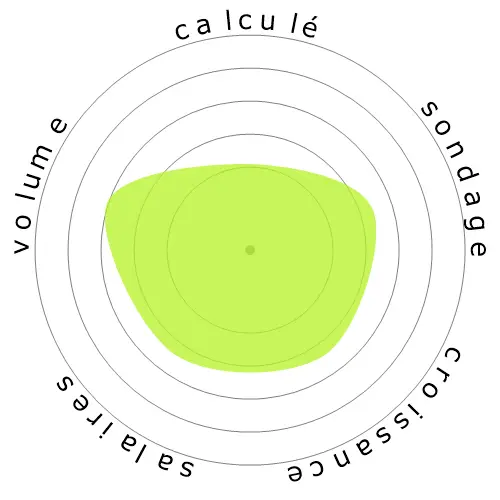Technologues et techniciens en radiologie




Les gens ont également vu
Risque d'automatisation calculé
Risque Modéré (41-60%) : Les professions présentant un risque modéré d'automatisation impliquent généralement des tâches routinières mais nécessitent toujours un certain jugement et interaction humains.
Plus d'informations sur ce que représente ce score et comment il est calculé sont disponibles ici.
Sondage utilisateur
Nos visiteurs ont voté qu'il y a peu de chances que cette profession soit automatisée. Cependant, le niveau de risque d'automatisation que nous avons généré suggère une probabilité plus élevée d'automatisation : 58% de chances d'automatisation.
Que pensez-vous du risque de l'automatisation?
Quelle est la probabilité que Technologues et techniciens en radiologie soit remplacé par des robots ou l'intelligence artificielle dans les 20 prochaines années ?
Sentiment
Le graphique suivant est inclus chaque fois qu'il y a un nombre substantiel de votes pour rendre les données significatives. Ces représentations visuelles affichent les résultats des sondages utilisateurs au fil du temps, fournissant une indication significative des tendances de sentiment.
Sentiment au fil du temps (annuellement)
Croissance
On s'attend à ce que le nombre de postes vacants pour 'Radiologic Technologists and Technicians' augmente 5,8% d'ici 2033
Emploi total, et estimations des offres d'emploi
Les prévisions mises à jour sont attendues 09-2025.
Salaires
En 2023, le salaire annuel médian pour 'Radiologic Technologists and Technicians' était de 73 410 $, soit 35 $ par heure.
'Radiologic Technologists and Technicians' ont été payés 52,7% de plus que le salaire médian national, qui était de 48 060 $
Salaires au fil du temps
Volume
À partir de 2023, il y avait 221 170 personnes employées en tant que 'Radiologic Technologists and Technicians' aux États-Unis.
Cela représente environ 0,15% de la main-d'œuvre employée à travers le pays
Autrement dit, environ 1 personne sur 686 est employée en tant que 'Radiologic Technologists and Technicians'.
Description du poste
Prenez des radiographies et des scanners ou administrez des matériaux non radioactifs dans le système sanguin du patient à des fins de diagnostic ou de recherche. Comprend les technologues et techniciens en radiologie qui se spécialisent dans d'autres modalités de balayage.
SOC Code: 29-2034.00


Commentaires
Secondly we have kids and kids will be scared if a piece of metal tries to grab him so you need human interaction
Fortunately, there are also too many different makes of machines. For one robot to be programmed to fault find and fix all makes of x-ray machines is going to take at least 40 years to develop, which won't be worth an engineer's effort based on its purpose.
This job will not become redundant in the next 20 years.
Laissez un commentaire sur cette profession